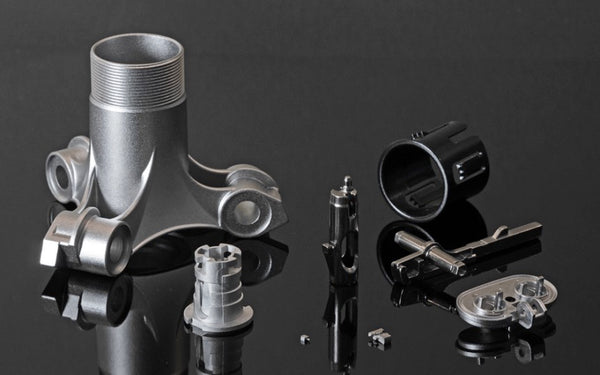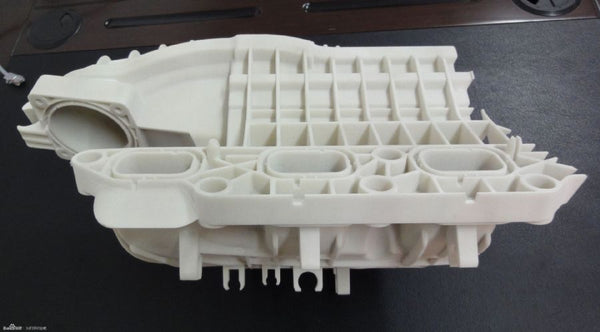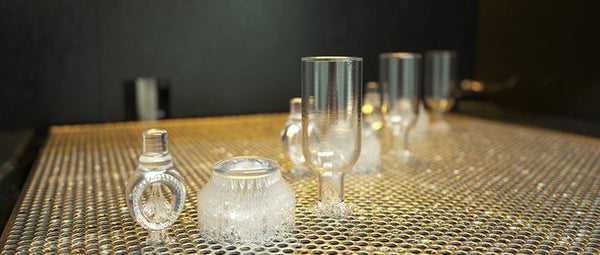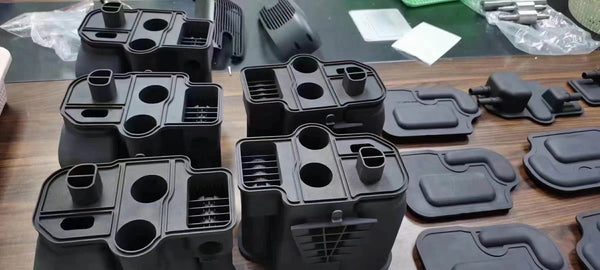3D printing, also known as additive manufacturing, has revolutionized prototyping and product development across various industries. It offers several advantages over traditional manufacturing methods, making it a popular choice for creating prototypes and even final products.

1,Rapid Prototyping:
3D printing allows for the quick and cost-effective creation of physical prototypes. Designers and engineers can rapidly iterate and test their designs before finalizing the product.
Multiple design variations can be printed in a short period, enabling a faster development cycle.
2, Design Validation and Optimization:
3D printing allows designers to create tangible models for design validation and testing. This helps in identifying design flaws and optimizing the product's functionality and aesthetics.
Prototypes can be physically handled and tested to ensure they meet specific requirements and user expectations.
3, Reduced Development Time and Costs:
Traditional prototyping methods are often time-consuming and expensive. 3D printing reduces both the time and costs associated with prototyping by eliminating the need for specialized molds or tooling.
It enables "on-demand" prototyping, reducing inventory costs associated with storing physical prototypes.

4, Customization and Personalization:
3D printing allows for the customization and personalization of prototypes to cater to individual needs or preferences.
Products can be tailored to meet specific customer requirements, enhancing customer satisfaction.
5, Complex Geometries and Intricate Details:
3D printing enables the creation of complex and intricate geometries that would be difficult or impossible to achieve using traditional manufacturing methods.
It allows for the incorporation of fine details, enabling the production of highly detailed prototypes and products.
6, Functional Prototyping:
3D printing materials have evolved to encompass a wide range of properties, including flexibility, strength, heat resistance, and more. Functional prototypes can be created to test the product's performance and durability.

7, Low-Volume Production:
3D printing is suitable for low-volume production runs, especially for niche or customized products. This is particularly beneficial for startups or businesses that require small quantities of a product.
It allows for small-scale manufacturing without the need for expensive molds or tooling.
8, Iterative Product Development:
3D printing facilitates an iterative approach to product development, enabling continuous improvements and refinements based on feedback and testing results.
Design changes can be quickly implemented and validated in subsequent iterations, leading to a more refined and market-ready product.

In conclusion, 3D printing plays a pivotal role in modern prototyping and product development by offering speed, cost-efficiency, design flexibility, and the ability to create functional prototypes. Its continued advancement is expected to further enhance its impact on product innovation and manufacturing.
